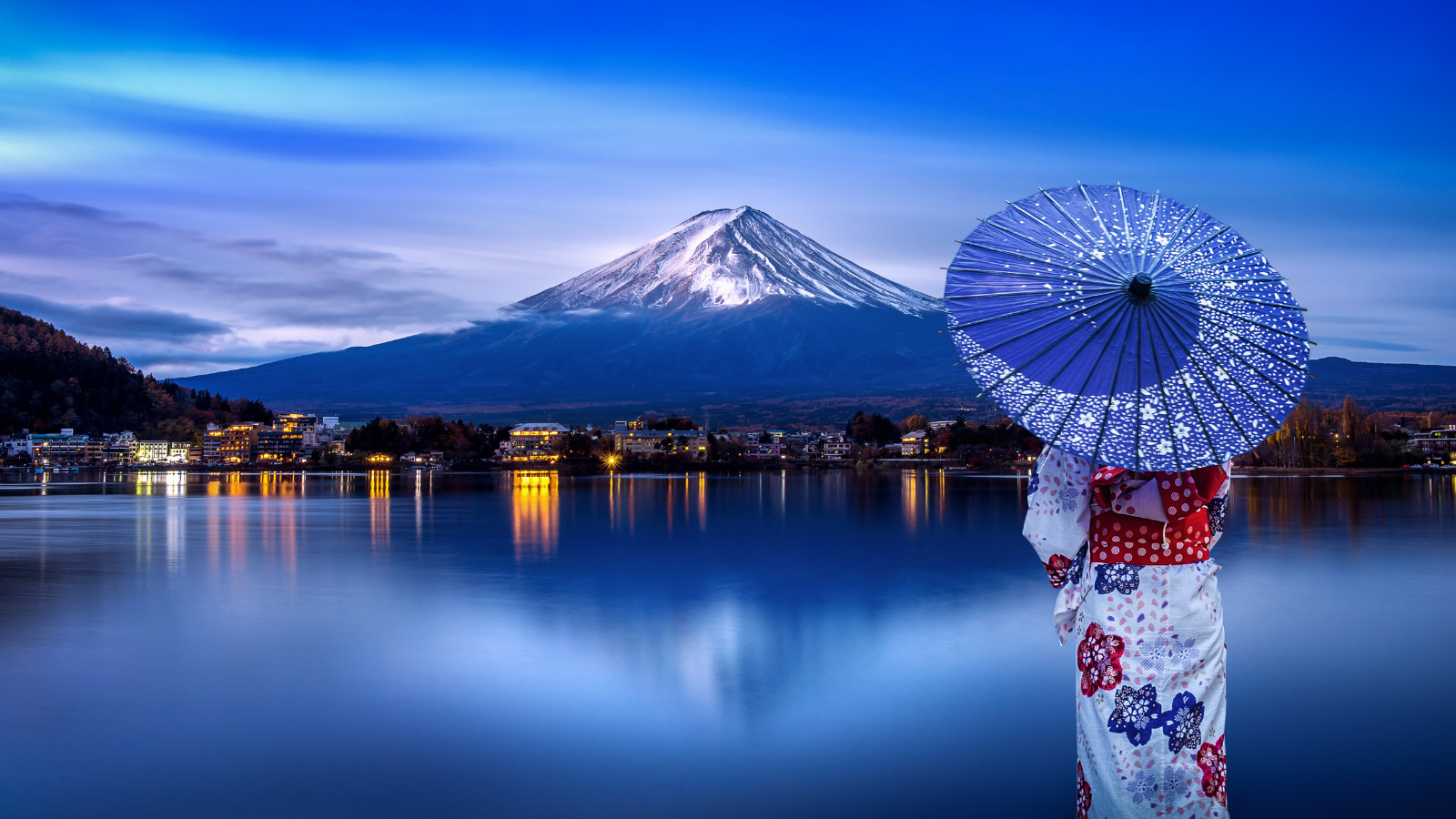Iwate Prefecture, located in the Tohoku region of Japan, is known for its stunning natural landscapes, rich cultural heritage, and historical significance. With its dramatic coastlines, majestic mountains, and vibrant festivals, Iwate offers a unique and immersive experience for visitors seeking to explore Japan’s northern beauty.
History and Culture
Historical Significance
Iwate has a rich historical background, with evidence of human settlement dating back thousands of years. The region played a crucial role during the Heian and Edo periods, with several significant historical sites, such as Hiraizumi, a UNESCO World Heritage site, reflecting its historical importance. Hiraizumi’s temples and gardens, including Chuson-ji and Motsu-ji, offer a glimpse into the area’s cultural and religious past.
Cultural Heritage
Iwate is known for its traditional crafts, performing arts, and festivals. The prefecture is famous for its Nambu ironware and lacquerware, as well as traditional folk performances such as the Sansa Odori dance. Festivals like the Morioka Sansa Odori, which celebrates local folklore with vibrant parades and drumming performances, highlight the rich cultural traditions of the region.
Economy and Industry
Iwate’s economy is diverse, with key sectors including agriculture, fishing, and manufacturing. The prefecture is known for its high-quality agricultural products, such as apples, beef, and dairy. The coastal areas are rich in seafood, particularly sea urchins, scallops, and abalone. Manufacturing, especially in the automotive and machinery industries, also plays a significant role in the local economy. Additionally, tourism is a growing sector, driven by Iwate’s natural beauty and cultural heritage.
Attractions and Activities
Historical and Cultural Sites
- Hiraizumi: A UNESCO World Heritage site featuring ancient temples and gardens, including Chuson-ji and Motsu-ji, which reflect the region’s historical and cultural significance.
- Morioka Castle Ruins: Located in Morioka City, these ruins offer a scenic park with historical landmarks and seasonal beauty.
- Tono: Known as the “City of Folklore,” Tono is famous for its traditional farmhouses, folklore museums, and legends of the Tono Monogatari.
Natural Attractions
- Mount Iwate: The highest peak in the prefecture, offering hiking trails, stunning views, and opportunities for outdoor activities.
- Sanriku Coast: A dramatic coastline with rugged cliffs, scenic views, and abundant marine life, ideal for sightseeing and coastal walks.
- Geibikei Gorge: A beautiful river gorge known for its boat rides through stunning limestone cliffs and lush greenery.
Modern Attractions
- Iwate Museum of Art: Located in Morioka, this museum showcases contemporary and traditional artworks, including pieces by local artists.
- Esashi Fujiwara Heritage Park: A historical theme park recreating the Heian period, with buildings, costumes, and activities that offer an immersive historical experience.
- Iwate Prefectural Fishery Science Museum: Offering insights into the region’s fishing industry and marine life, with interactive exhibits and displays.
Cuisine
Iwate’s culinary scene is rich and varied, reflecting its agricultural and coastal bounty. Local specialties include:
- Wanko Soba: A traditional soba noodle dish served in small bowls, often enjoyed in a competitive eating style.
- Maesawa Beef: High-quality wagyu beef known for its tenderness and rich flavor.
- Seafood: Fresh sea urchins, scallops, and abalone from the Sanriku Coast, enjoyed as sashimi or in various dishes.
Conclusion
Iwate Prefecture is a captivating destination that combines natural beauty, historical depth, and cultural richness. Whether you’re exploring ancient temples, hiking through scenic mountains, or savoring the region’s fresh seafood, Iwate offers a diverse and enriching experience for all visitors. Its blend of historical charm, vibrant traditions, and stunning landscapes makes it a must-visit location for anyone traveling to Japan.

